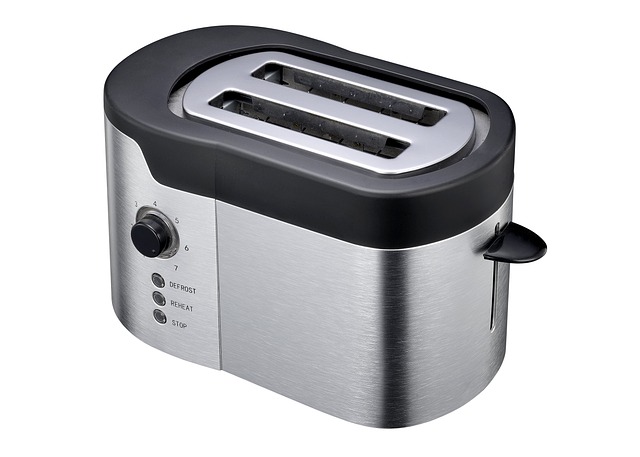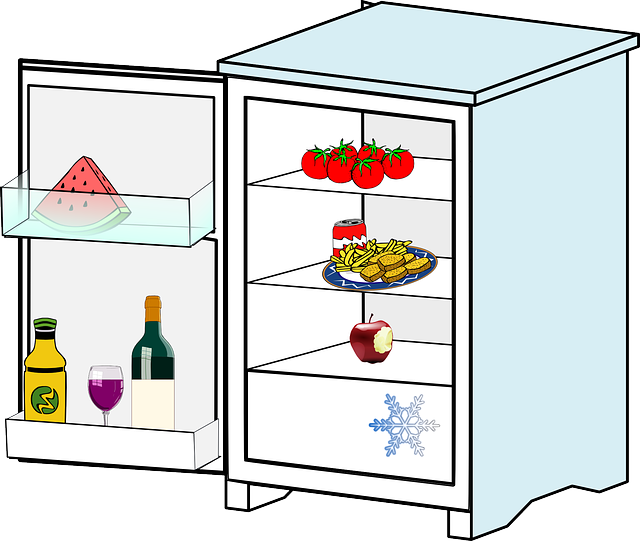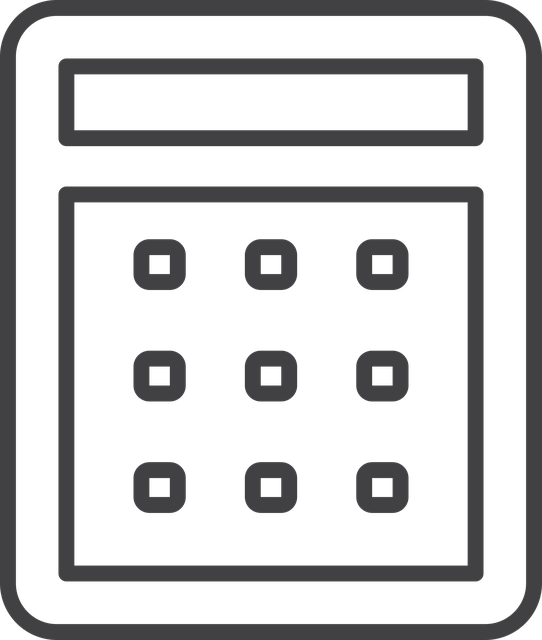When servicing or installing a dryer, understanding its components and mechanisms is crucial for safe and efficient operation. Proper installation according to manufacturer instructions and building codes is essential to prevent risks like gas leaks or electrical fires. Before starting, gather all necessary tools and refer to the specific parts manual for your dryer model. Choose an installation site with adequate ventilation and necessary utility connections, whether it's a gas or electric dryer. Gas dryers require a secure connection to the gas line using a flexible gas connector, while electric dryers need a dedicated electrical circuit.
Routine maintenance is key to keeping your dryer reliable as a major household appliance. Monitor lint buildup, clean the dryer internally and externally, and conduct basic troubleshooting for issues like lack of heating or drying efficiency. For complex repairs or when in doubt, professional assistance from a certified technician is advisable to address safety concerns and ensure your dryer's longevity as part of the major appliances in your home.
Adherence to a systematic approach during installation is vital for both safety and performance, including selecting an appropriate location with clearance, using non-rusting materials for vent piping, and anchoring the dryer firmly to minimize vibration. Safety is paramount, especially when connecting gas and electric supplies, ensuring no leaks or hazards that could compromise airflow or lead to carbon monoxide risks.
For persistent issues with your dryer, understanding its workings can help prevent costly repairs. Regular maintenance and inspections are crucial for long-term functionality and safety. Simple fixes like replacing a lint filter or belt are manageable for homeowners with basic DIY skills, but for more complex problems, professional service is recommended due to potential hazards. Always prioritize safety and efficacy when dealing with major appliances like dryers, and seek expert help when necessary to maintain their performance and longevity within your home environment.
When it comes to integrating major appliances like dryers into your home, ensuring their reliable performance hinges on proper installation and timely maintenance. This article serves as a vital resource for both the initial setup and addressing common issues. We’ll navigate through essential steps for safe and effective dryer installation, delve into troubleshooting techniques to maintain optimal functionality, and offer expert advice on when to handle repairs independently or seek professional assistance. Whether you’re tackling this project yourself or looking to enhance your knowledge for a service call, this guide will equip you with the necessary insights for reliable dryer performance.
- Understanding Your Dryer: A Comprehensive Guide to Safe and Effective Installation
- Step-by-Step Dryer Installation: Ensuring Proper Connection and Setup for Optimal Performance
- Troubleshooting Common Dryer Issues: DIY Tips to Maintain Reliable Functionality
- Expert Advice on Dryer Repair: When to DIY and When to Call a Professional for Major Appliance Maintenance
Understanding Your Dryer: A Comprehensive Guide to Safe and Effective Installation

When embarking on the installation or repair of your dryer, a thorough understanding of its components and operational principles is paramount for ensuring both safety and efficiency. Proper dryer installation is crucial to prevent gas leaks or electrical hazards, which can arise if not executed in line with manufacturer guidelines and local building codes. Before beginning the process, ensure you have all necessary tools and parts manuals specific to your appliance model. It’s essential to choose a location that allows for adequate ventilation, both for the dryer’s exhaust system and its proximity to the nearest outlet or gas line, depending on the type of dryer you possess. For gas dryers, this involves a secure connection to the gas supply with a flexible gas connector, following all safety protocols. Electric dryers require a dedicated circuit for optimal performance and safety.
Once installed, regular maintenance and timely repairs are key to maintaining your dryer’s reliability. Keep an eye on lint accumulation in the vent hose, as this can impede proper airflow and increase fire risk. The dryer’s exterior and interior components should be cleaned periodically to remove any residue that may affect its functioning. If you encounter issues such as a dryer not heating or not drying clothes effectively, troubleshooting common problems can often resolve the matter without the need for professional intervention. However, for complex repairs or if you’re unsure about any aspect of your dryer’s operation, consulting a certified technician is always recommended to avoid potential complications and ensure the safety and longevity of your major appliance.
Step-by-Step Dryer Installation: Ensuring Proper Connection and Setup for Optimal Performance

When installing a dryer, it’s crucial to follow a systematic approach to ensure both safety and optimal performance. Proper connection and setup are key components in this process. Begin by selecting a suitable location for your dryer vent, considering clearance requirements and avoiding sharp bends that could restrict airflow. Ensure the vent pipe is made of non-rusting material like aluminum or flexible plastic, adhering to manufacturer guidelines. Securely attach the dryer to the floor to prevent movement during operation, which can affect its efficiency and longevity.
After placing the dryer in its designated spot, connect the gas supply if it’s a gas model. Always follow local codes and the manufacturer’s instructions when connecting gas lines. Next, attach the power cord to an appropriate electrical outlet, making certain that no water sources are near the electrical connections to prevent any risk of electric shock. Connect the dryer ductwork to both the dryer and the exterior vent, ensuring a tight seal to avoid exhaust leaks that can compromise airflow and potentially cause carbon monoxide build-up. Finally, carefully inspect all connections for leaks or improper installation, which could lead to inefficiency or hazards. By adhering to these steps and paying close attention to detail, your dryer will perform reliably, extending its lifespan and ensuring the safety of your home. Regular maintenance and occasional inspection will further support the longevity and performance of major appliances like your dryer.
Troubleshooting Common Dryer Issues: DIY Tips to Maintain Reliable Functionality

When encountering common dryer issues, understanding the fundamental aspects of your appliance can save time and prevent more extensive repairs. For instance, if your dryer isn’t starting, check the power source first. Ensure the outlet supplies adequate voltage and that the dryer’s plug and cord are securely connected without any frayed points. Additionally, verify that the circuit breaker hasn’t tripped or if there’s an issue with the appliance’s internal fuse.
If the dryer operates but isn’t heating, inspect the lint screen for blockages, as a clogged screen can impede airflow and affect heating elements. Clear any lint from the screen, ductwork, and the dryer’s exhaust vent. Also, examine the heating element and thermostat for any signs of damage or wear. A multimeter can be invaluable here, allowing you to test these components safely and effectively. Regular maintenance, such as cleaning the lint filter after each use and inspecting the ductwork annually, can prevent many heating-related issues. For more complex problems like a dryer not drying clothes thoroughly or making unusual noises, it’s advisable to consult the user manual for troubleshooting steps or seek professional assistance. Professional repair services are well-versed in major appliance repairs and can provide solutions tailored to your specific model and issue. Regular maintenance and prompt attention to issues can maintain reliable functionality of your dryer and extend its lifespan.
Expert Advice on Dryer Repair: When to DIY and When to Call a Professional for Major Appliance Maintenance

When encountering issues with your dryer, determining whether to attempt a repair yourself or to call in a professional is crucial for both safety and efficiency. For minor repairs such as replacing a clogged lint filter, fuse, or belt, homeowners with basic DIY skills can often resolve the issue without complications. Such tasks are relatively straightforward and do not typically involve intricate electrical systems or gas lines, which pose significant risks if not handled correctly. However, for more complex issues like gas leaks, electric circuit malfunctions, or motor failures, professional assistance is advisable. These problems can be hazardous and may require specialized knowledge and tools to safely address. Major appliance maintenance professionals are trained to handle the intricacies of dryer repairs, ensuring that all parts of the machine are functioning correctly and that any potential risks are mitigated. Engaging a certified expert not only safeguards your home and well-being but also extends the lifespan of your dryer and ensures its reliable performance. Always prioritize safety first and recognize when when DIY repair attempts can escalate into more substantial issues requiring professional intervention.
When it comes to ensuring your dryer operates reliably, understanding both proper installation and common issues is key. This article has provided a thorough guide on how to safely and effectively install your dryer, maintain its optimal performance, and troubleshoot the most frequent problems you may encounter. With the right knowledge and approach, whether tackling installation or addressing repairs, you can extend your dryer’s lifespan and enhance its efficiency as part of your major appliances. Remember, for complex issues or professional-grade maintenance, expert advice is indispensable to ensure the safety and performance of your dryer within the broader context of your household’s major appliances. Always prioritize adherence to safety standards and consider seeking assistance when in doubt.
